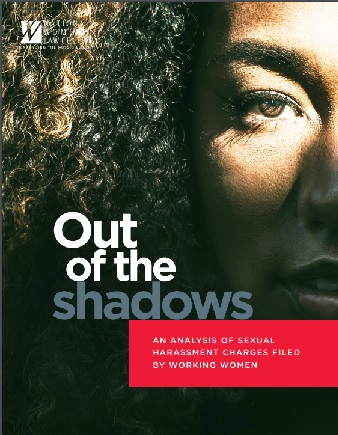Resources Library: Population-Specific Response
Start a Search:
Model Protocol on Services for Limited English Proficient Immigrant and Refugee Victims of Domestic Violence
The Washington State Coalition against Domestic Violence (2002) created a model protocol for the state of Washington with the goal of supporting domestic violence agencies to increase and extend their services to immigrant women whose first language is not English. Included in the protocol are recommendations for agency policies and procedures, specifically how to conduct intake, provide crisis intervention, facilitate accommodating shelter experiences, legal advocacy, and more.
Not Invisible: Rape on the Reservation and What You Can Do About It
Government statistics paint a shocking picture – Native American and Alaska Native women are more than 2.5 times more likely to be raped or sexually assaulted than other women in America. Indigenous women interviewed by Amnesty International said they didn’t know anyone in their community who had not experienced sexual violence. Why is this? What can be done to prevent these atrocities and how can service providers and communities come together to support survivors in culturally appropriate and meaningful ways?
We were honored to have Mending the Sacred Hoop Executive Director Tina Olson explore these questions and more for this important webinar. A lot of important and powerful information was shared, particularly relative to native women (it was focused specifically on women). Click here to view the recording and view additional resources below.
Out of the Shadows: An Analysis of Sexual Harassment Charges Filed by Working Women

In order to paint a clearer picture of workplace sexual harassment, the National Women’s Law Center analyzed sexual harassment charges filed with the U.S. Equal Employment Opportunity Commission (EEOC) by women in the private sector between 2012 and 2016. Although an estimated 87 to 94 percent of those who experience sexual harassment never file a formal legal complaint, during fiscal year 2016 alone, nearly 7,000 sexual harassment charges were filed with the EEOC, and 82 percent of those sexual harassment charges were filed by women. This report features an intersectional analysis of the charge data by race, additional bases of discrimination alleged, and age; and an analysis of the charge data by industry and size of employer. This analysis establishes a critical baseline for evaluating the impact, if any, of the MeToo movement on filings with the EEOC in future years.
Power and Control Wheel for Lesbian, Gay, Bisexual and Trans Relationships
The Power and Control Wheel for Lesbian, Gay, Bisexual, and Trans Relationships provides definitions and examples of coercive and abusive behaviors that may be present in LGBT relationships. The wheel can be used as a training tool for advocates and service providers, as well as a supportive and enlightening resource for survivors.
Power and Control Wheel: Abuse in Later Life
The Power and Control Wheel is a tool that helps explain the different ways an abusive partner can use power and control to manipulate a relationship. During 2005, NCALL staff asked facilitators of older abused women’s support groups to have participants review the Duluth Domestic Abuse Intervention Project’s Power and Control Wheel. Over 50 survivors from eight states responded. NCALL created this Abuse in Later Life Wheel from their input.
In addition to the tactics on the wheel, many offenders justify or minimize the abuse and deny that they are abusive. Perpetrators of abuse in later life may make comments like “she’s just too difficult to care for” or “he abused me as a child” to blame the victim, or try to minimize the abuse by stating the victim bruises easily or injuries are the incidental result of providing care.

